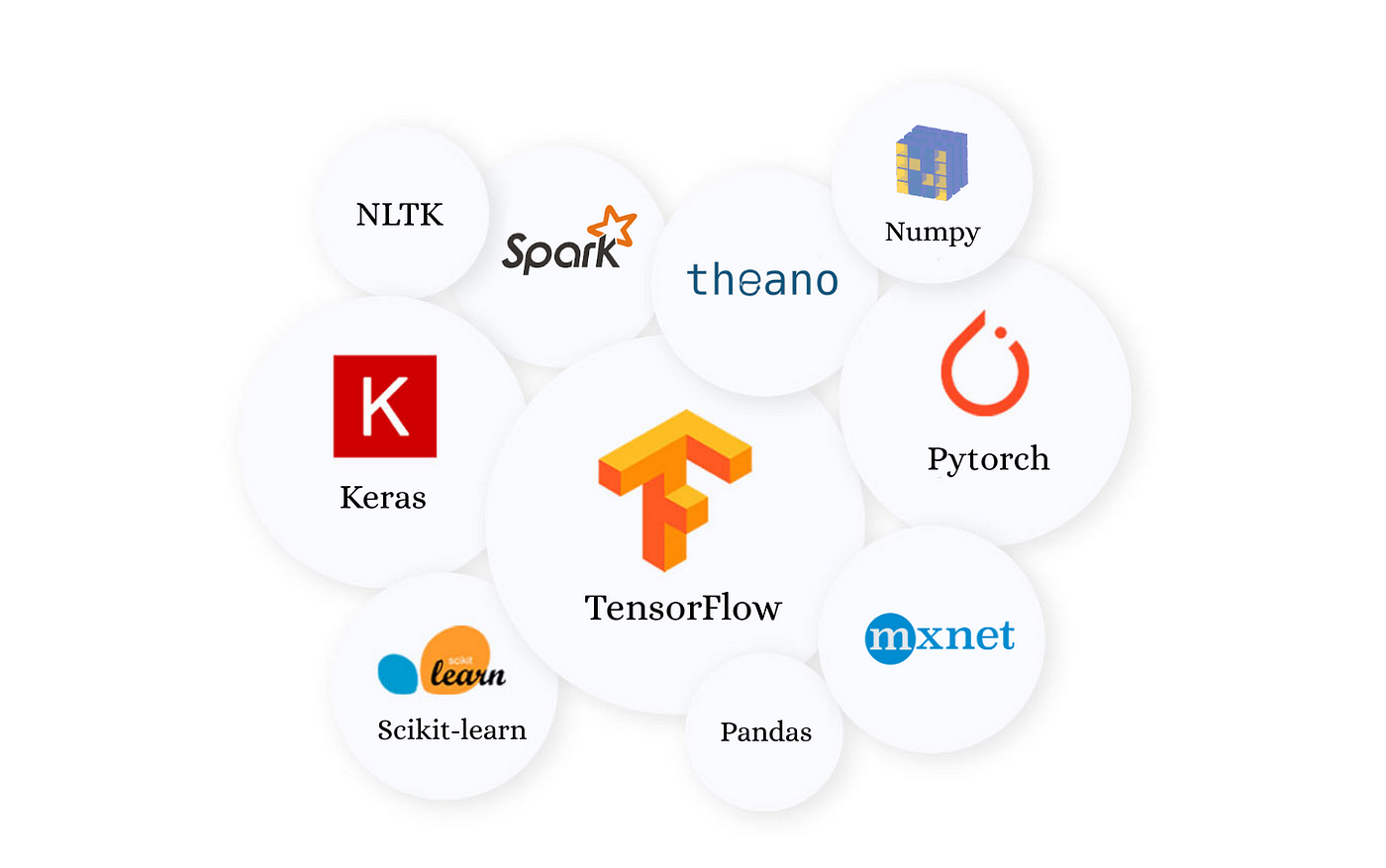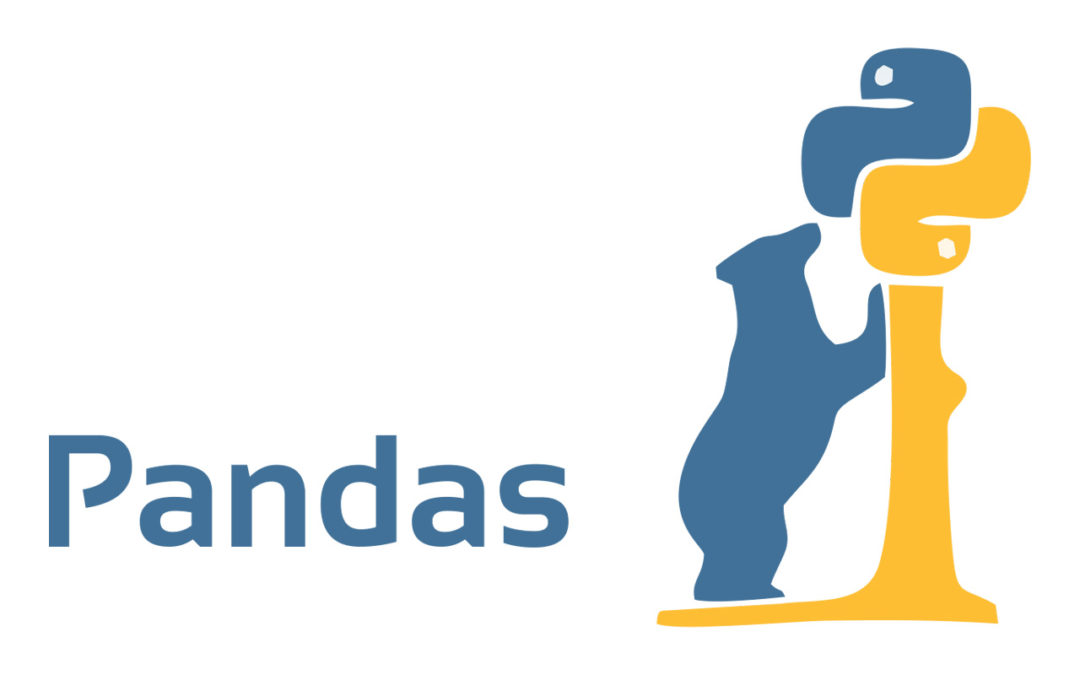Python and Machine Learning: The Perfect Duo for AI
Hello HaWkers! The rise of Machine Learning and Artificial Intelligence (AI) has changed the technological landscape. With companies and developers looking for the best tools for these fields, Python has emerged as the dominant language.
Why Python for Machine Learning?
Python is acclaimed for its simplicity and readability, making it ideal for beginners and professionals alike. But, its popularity in Machine Learning is attributed to more than just its syntax:
- Powerful Libraries and Frameworks: TensorFlow, Keras, and [Scikit-learn](https: //scikit-learn.org/) are just a few of the widely adopted libraries available for Python.

- Active Community: A huge community of developers regularly contributes code, making the Python ecosystem rich and up-to-date.
- Flexibility: Python is extremely flexible, allowing rapid prototyping and integration with other languages, such as C++.
The Python Ecosystem for AI
Python offers a variety of libraries that simplify the development and implementation of Machine Learning models. Some popular libraries include:
- TensorFlow: Developed by Google, it is ideal for neural networks and deep learning.
- Scikit-learn: Providing simple tools for predictive data analysis.
- Pandas: Essential for data manipulation and analysis.
Python Development Environment for AI
To start working with Python and Machine Learning, it is essential to have a robust development environment. Here are some points to consider:
- IDEs: Jupyter Notebook and PyCharm are the two most popular IDEs that provide excellent support for AI development in Python. But VSCode with some extensions can fulfill the needs for this purpose just as well.
- Virtualization: Tools such as Docker and virtualenv allow you to create isolated environments, ensuring that project dependencies do not conflict.
- Code Repositories: GitHub and GitLab are popular platforms where developers can collaborate and share their AI projects, leveraging the vast Python community.
Getting Started with Python for Machine Learning

Before diving headlong into the world of AI, it's important to familiarize yourself with some basic concepts. Here is a simple example using the Scikit-learn library to train a linear regression model:
from sklearn.linear_model import LinearRegressionfrom sklearn.model_selection import train_test_splitfrom sklearn.metrics import mean_squared_error# Dummy dataX = [[1], [2], [3], [4], [5]]y = [2, 4, 5, 4, 5]X_train, X_test, y_train, y_test = train_test_split(X, y, test_size=0.2)model = LinearRegression()model.fit(X_train, y_train)predictions = model.predict(X_test)error = mean_squared_error(y_test, predictions)print(f"Mean Square Error: {error}")Visualizing Data with Matplotlib
Visualizing your data can provide valuable insights before starting model training. The Matplotlib library makes this easy:
import matplotlib.pyplot as pltfig, ax = plt.subplots()fruits = ['apple', 'blueberry', 'cherry', 'orange']counts = [40, 100, 30, 55]bar_labels = ['red', 'blue', '_red', 'orange']bar_colors = ['tab:red', 'tab:blue', 'tab:red', 'tab:orange']ax.bar(fruits, counts, label=bar_labels, color=bar_colors)ax.set_ylabel('fruit supply')ax.set_title('Fruit supply by kind and color')ax.legend(title='Fruit color')plt.show()
Working with Neural Networks using TensorFlow
TensorFlow is one of the most popular libraries for deep learning. See how to create a simple neural network:
import tensorflow as tf# Dummy dataX = [[1], [2], [3], [4], [5]]y = [[2], [4], [6], [8], [10]]model = tf.keras.Sequential([ tf.keras.layers.Dense(units=1, input_shape=[1])])model.compile(optimizer='sgd', loss='mean_squared_error')model.fit(X, y, epochs=10)print(model.predict([[7]]))Notable Use Cases
Python is not just theory; It is used in practical, high-impact applications. Companies like Netflix, Amazon and Spotify use Python and Machine Learning for content recommendation. Amazon's Alexa virtual assistant is also powered by Python.
Limitations and Considerations
Despite its many advantages, Python is not without challenges. The language is not known for its speed, which can be a bottleneck in high-performance applications. However, Python's ability to integrate with faster languages such as C++ helps overcome this barrier.
Comparison with Other Languages
When considering a language for Machine Learning, it is useful to compare Python with alternatives:
- R: Widely used in statistics and data science, but not as versatile as Python for general programming tasks.
- Java: May be faster in certain applications, but lacks the simplicity and variety of Machine Learning libraries that Python offers.
- C++: Can be integrated with Python for better performance, but its complexity may make it less accessible for AI newbies.
The Future of Python and AI
Demand for AI and Machine Learning solutions is growing, and Python is uniquely positioned to be a dominant force in that future. With constant innovation in libraries and tools, as well as contributions from the global community, Python has a bright path ahead in the world of AI.

Ethics and Responsibility with AI
With the increased use of AI, ethical and liability issues arise:
- Algorithmic Bias: As models are trained with data, they can inherit and amplify biases present in the data.
- Transparency: Ensuring that decisions made by AI models are transparent and explainable is crucial for public acceptance and trust.
- Data Privacy: Because Machine Learning models often require large amounts of data, it is vital to ensure that user data is protected and used ethically.
The Power of Parallel Processing in Python
To process large volumes of data or train complex models, you can leverage the power of parallel processing. Here's how to do this with the concurrent.futures library:
import concurrent.futuresdef parallel_computation(x): return x*xdata = list(range(1000))with concurrent.futures.ProcessPoolExecutor() as executor: results = list(executor.map(computacao_paralela, data))print(results)Conclusion
It's Hawkers! Python and Machine Learning are a powerful combination that continues to shape the future of technology and innovation. Whether you're a budding developer or a seasoned professional, there's a world of opportunities waiting in the realm of Python and AI.
To understand more about Python's capabilities in other areas, check out my article about Python and Data Science with the Pandas Library!
Now if you want to delve deeper into Matplotlib, I highly recommend this other article I wrote: Data Visualization with Python: Mastering Matplotlib


